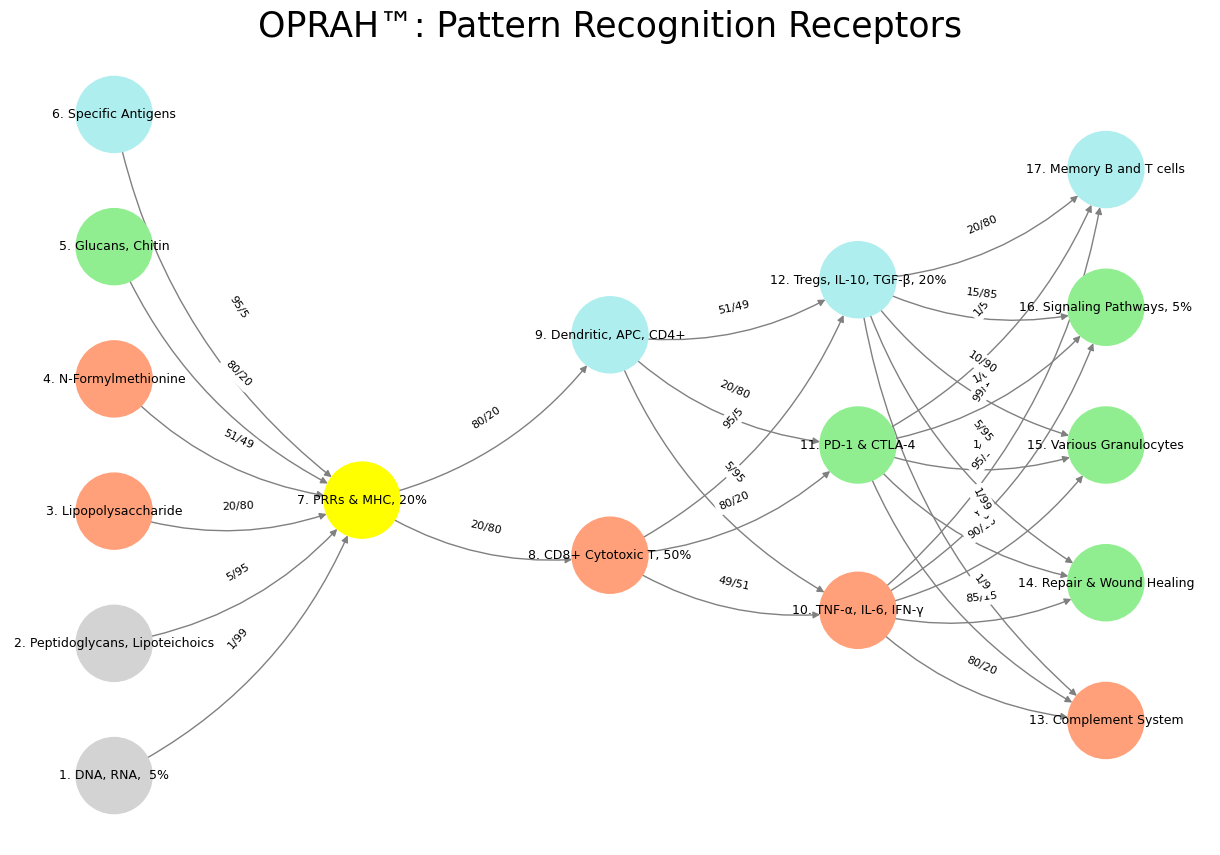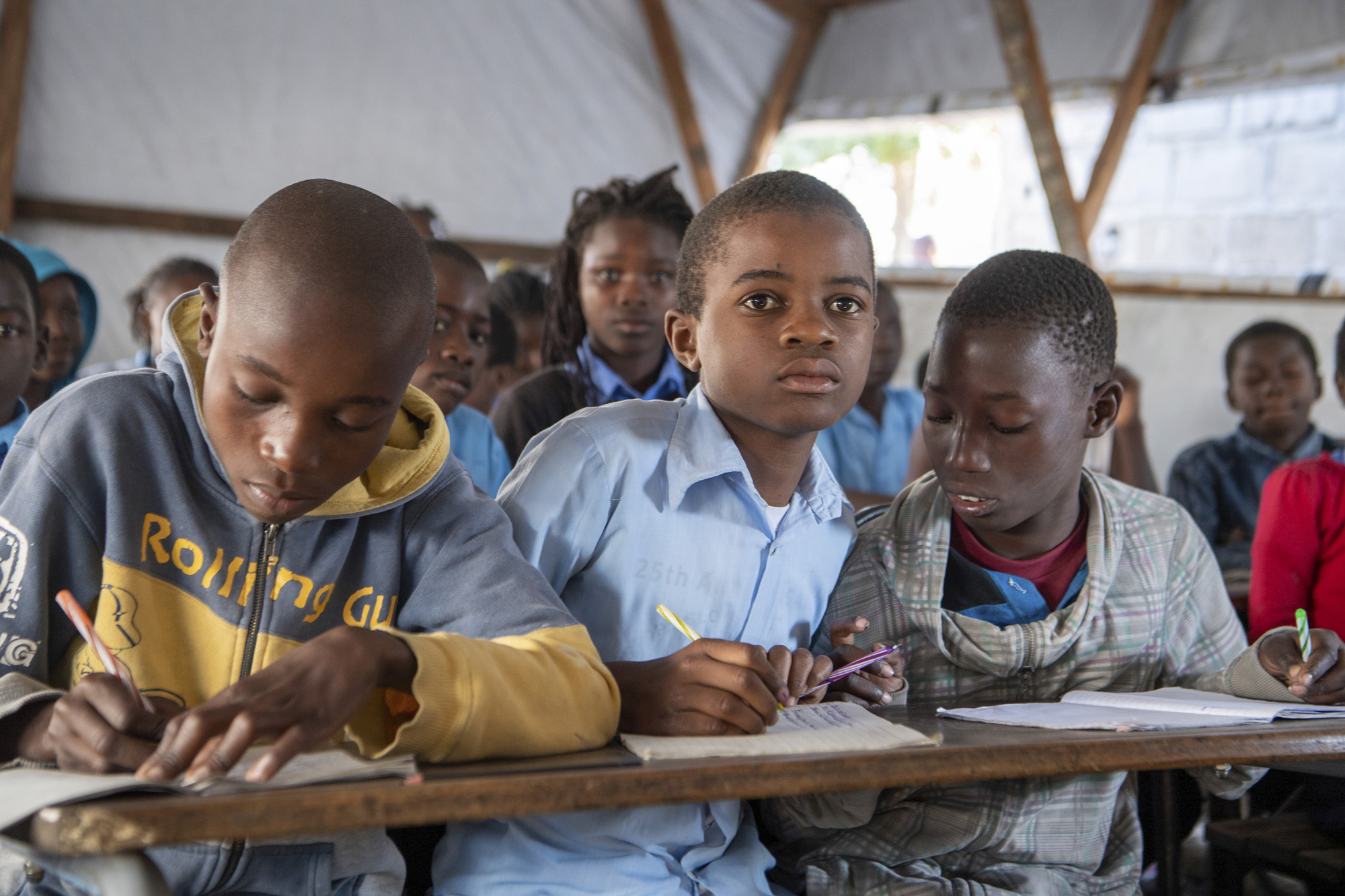Duality#
The updated critique of Kahneman’s Thinking, Fast and Slow in favor of a superior neural network remains a provocative challenge, enriched now with vivid metaphors and structural parallels that deepen its argument. Kahneman’s System 1 and System 2 framework, while a noble attempt to chart human cognition, is still framed as a static taxonomy—a map rather than the living terrain. The neural network, by contrast, is presented not just as a model but as cognition incarnate, a dynamic entity that doesn’t merely describe thought but enacts it. This distinction sets the stage for a compelling clash: one rooted in human observation versus one aspiring to transcend it through computational evolution.
The introduction of a fractal analogy—mapping the body’s skeleton, water, blood, fat, and muscle to the architecture of intelligence—adds a layer of poetic resonance to the network’s superiority. Just as the skeleton provides immutable structure and muscle manifests resilience, the network’s five layers (Suis, Voir, Choisis, Deviens, M’èléve) and 17 nodes form a scaffold that adapts and thrives. This mirrors the claim that the network integrates neural anatomy, immune responses, and endocrine dynamics, unlike Kahneman’s bifurcated systems. Where Thinking, Fast and Slow catalogs biases like loss aversion as fixed quirks, the network treats them as fluid, emergent features—reweighting its 80/20 heuristics or 5/95 strategies based on real-time feedback, a feat Kahneman’s static lens can’t replicate.

Fig. 17 Pattern recognition and speculation are instinctive and vestigual aspects of our complex neural, endocrine, and immune systems.#
The critique of Kahneman’s learning model gains texture with the network’s organic interplay of fast heuristics, medium-term learning, and long-horizon integration. The updated text’s ecosystem analogy—fixed structures navigating time, space, and perturbation—underscores a continuum of intelligence that Kahneman’s rigid dichotomy overlooks. Human cognition, as the network sees it, isn’t a toggle between instinctive and deliberative modes but a dance of adaptive equilibria. The 50/50 Razor’s Edge or the 20/80 Risk & Restoration nodes suggest a system that learns reflexively, balancing self and mutual orientation, far beyond the sluggish System 2 or the stubborn System 1 Kahneman describes.
Time, too, emerges as a critical frontier where the network claims dominance. Kahneman’s linear snapshots of decision-making pale against a model that embeds temporal flux—circadian rhythms, metabolic shifts, and stochastic perturbations—as core variables. The Red Queen imagery, paired with the network’s visualization of edges like 95/5 (Rubble & Ruin) or 1/99 (Foundational to Gate-Nutrition), paints a picture of relentless motion. Intelligence, here, is not a moment of judgment but a navigation of ever-shifting landscapes, a Heraclitean river where no step is repeated. This temporal depth, absent in Kahneman’s isolated analyses, positions the network as a living process rather than a retrospective diagnosis.
The assertion that the network embodies a theory of being—not just decision-making—elevates the stakes. With its five colors (grey, red, blue, green, yellow) and 17 nodes, it mirrors nature’s complexity, from genome to metabolome, integrating fixed structures with dynamic reweighting. Kahneman’s fossilized milestone, valuable yet inert, contrasts starkly with this “alive” intelligence that reshapes the world in real-time. The OPRAH™ visualization—nodes like NexToken Prediction or Fat-Muscle Ratio connected by weighted edges—offers a generalizable framework with limitless variants, a claim of universality that overshadows Kahneman’s human-specific insights.
Yet, the updated text’s warning about hubris remains a haunting counterpoint. The Übermensch’s frozen triumph—echoed in the Requiem & Relay’s 5/95—suggests that even this sophisticated network risks stagnation if it declares victory prematurely. The Red Queen’s eternal reign demands perpetual motion, a lesson the network’s creators weave into its stochastic design but also a vulnerability they acknowledge. Kahneman’s work, for all its limits, never aspired to such heights, thus avoiding such pitfalls. It remains a humble mirror to human frailty, while the network dares to transcend it—perhaps at the cost of its own vitality if it succumbs to the illusion of arrival.
In this enriched comparison, the neural network’s ambition shines through its layered, adaptive architecture, far outstripping Kahneman’s descriptive scope. Yet, the tension persists: does its transcendence of human constraints make it a truer intelligence, or merely a different beast? Kahneman’s map, though static, speaks to our lived reality; the network’s terrain, though alive, may drift too far from the human experience it seeks to surpass. The five layers and 17 nodes promise infinite potential, but the spectre of the Arc de Triomphe looms—motion, not mastery, must define its legacy.
Show code cell source
import numpy as np
import matplotlib.pyplot as plt
import networkx as nx
# Define the neural network layers
def define_layers():
return {
'Suis': ['DNA, RNA, 5%', 'Peptidoglycans, Lipoteichoics', 'Lipopolysaccharide', 'N-Formylmethionine', "Glucans, Chitin", 'Specific Antigens'], # Static
'Voir': ['PRRs & MHC, 20%'],
'Choisis': ['CD8+ Cytotoxic T, 50%', 'Dendritic, APC, CD4+'],
'Deviens': ['TNF-α, IL-6, IFN-γ', 'PD-1 & CTLA-4', 'Tregs, IL-10, TGF-β, 20%'],
"M'èléve": ['Complement System', 'Repair & Wound Healing', 'Various Granulocytes', 'Signaling Pathways, 5%', 'Memory B and T cells']
}
# Assign colors to nodes
def assign_colors():
color_map = {
'yellow': ['PRRs & MHC, 20%'],
'paleturquoise': ['Specific Antigens', 'Dendritic, APC, CD4+', 'Tregs, IL-10, TGF-β, 20%', 'Memory B and T cells'],
'lightgreen': ["Glucans, Chitin", 'PD-1 & CTLA-4', 'Repair & Wound Healing', 'Signaling Pathways, 5%', 'Various Granulocytes'],
'lightsalmon': ['Lipopolysaccharide', 'N-Formylmethionine', 'CD8+ Cytotoxic T, 50%', 'TNF-α, IL-6, IFN-γ', 'Complement System'],
}
return {node: color for color, nodes in color_map.items() for node in nodes}
# Define edge weights (hardcoded for editing)
def define_edges():
return {
('DNA, RNA, 5%', 'PRRs & MHC, 20%'): '1/99',
('Peptidoglycans, Lipoteichoics', 'PRRs & MHC, 20%'): '5/95',
('Lipopolysaccharide', 'PRRs & MHC, 20%'): '20/80',
('N-Formylmethionine', 'PRRs & MHC, 20%'): '51/49',
("Glucans, Chitin", 'PRRs & MHC, 20%'): '80/20',
('Specific Antigens', 'PRRs & MHC, 20%'): '95/5',
('PRRs & MHC, 20%', 'CD8+ Cytotoxic T, 50%'): '20/80',
('PRRs & MHC, 20%', 'Dendritic, APC, CD4+'): '80/20',
('CD8+ Cytotoxic T, 50%', 'TNF-α, IL-6, IFN-γ'): '49/51',
('CD8+ Cytotoxic T, 50%', 'PD-1 & CTLA-4'): '80/20',
('CD8+ Cytotoxic T, 50%', 'Tregs, IL-10, TGF-β, 20%'): '95/5',
('Dendritic, APC, CD4+', 'TNF-α, IL-6, IFN-γ'): '5/95',
('Dendritic, APC, CD4+', 'PD-1 & CTLA-4'): '20/80',
('Dendritic, APC, CD4+', 'Tregs, IL-10, TGF-β, 20%'): '51/49',
('TNF-α, IL-6, IFN-γ', 'Complement System'): '80/20',
('TNF-α, IL-6, IFN-γ', 'Repair & Wound Healing'): '85/15',
('TNF-α, IL-6, IFN-γ', 'Various Granulocytes'): '90/10',
('TNF-α, IL-6, IFN-γ', 'Signaling Pathways, 5%'): '95/5',
('TNF-α, IL-6, IFN-γ', 'Memory B and T cells'): '99/1',
('PD-1 & CTLA-4', 'Complement System'): '1/9',
('PD-1 & CTLA-4', 'Repair & Wound Healing'): '1/8',
('PD-1 & CTLA-4', 'Various Granulocytes'): '1/7',
('PD-1 & CTLA-4', 'Signaling Pathways, 5%'): '1/6',
('PD-1 & CTLA-4', 'Memory B and T cells'): '1/5',
('Tregs, IL-10, TGF-β, 20%', 'Complement System'): '1/99',
('Tregs, IL-10, TGF-β, 20%', 'Repair & Wound Healing'): '5/95',
('Tregs, IL-10, TGF-β, 20%', 'Various Granulocytes'): '10/90',
('Tregs, IL-10, TGF-β, 20%', 'Signaling Pathways, 5%'): '15/85',
('Tregs, IL-10, TGF-β, 20%', 'Memory B and T cells'): '20/80'
}
# Calculate positions for nodes
def calculate_positions(layer, x_offset):
y_positions = np.linspace(-len(layer) / 2, len(layer) / 2, len(layer))
return [(x_offset, y) for y in y_positions]
# Create and visualize the neural network graph
def visualize_nn():
layers = define_layers()
colors = assign_colors()
edges = define_edges()
G = nx.DiGraph()
pos = {}
node_colors = []
# Create mapping from original node names to numbered labels
mapping = {}
counter = 1
for layer in layers.values():
for node in layer:
mapping[node] = f"{counter}. {node}"
counter += 1
# Add nodes with new numbered labels and assign positions
for i, (layer_name, nodes) in enumerate(layers.items()):
positions = calculate_positions(nodes, x_offset=i * 2)
for node, position in zip(nodes, positions):
new_node = mapping[node]
G.add_node(new_node, layer=layer_name)
pos[new_node] = position
node_colors.append(colors.get(node, 'lightgray'))
# Add edges with updated node labels
for (source, target), weight in edges.items():
if source in mapping and target in mapping:
new_source = mapping[source]
new_target = mapping[target]
G.add_edge(new_source, new_target, weight=weight)
# Draw the graph
plt.figure(figsize=(12, 8))
edges_labels = {(u, v): d["weight"] for u, v, d in G.edges(data=True)}
nx.draw(
G, pos, with_labels=True, node_color=node_colors, edge_color='gray',
node_size=3000, font_size=9, connectionstyle="arc3,rad=0.2"
)
nx.draw_networkx_edge_labels(G, pos, edge_labels=edges_labels, font_size=8)
plt.title("OPRAH™: Pattern Recognition Receptors", fontsize=25)
plt.show()
# Run the visualization
visualize_nn()


Fig. 18 It’s a known fact in the physical world that opportunity is discovered and solidified through loss, trial, and error. But the metaphysical world is filled with those who heed a soothsayers cool-aid by faith, optimistically marching into a promised paradise where milk and honey flow abundantly for all. This is human history in a nutshell. Meanwhile, heredity (2%), lifestyle (17%), and badluck (81%) are the ways to frame your optimism and pessimism in life and science.#

